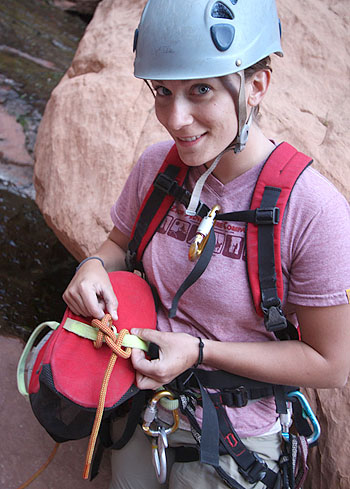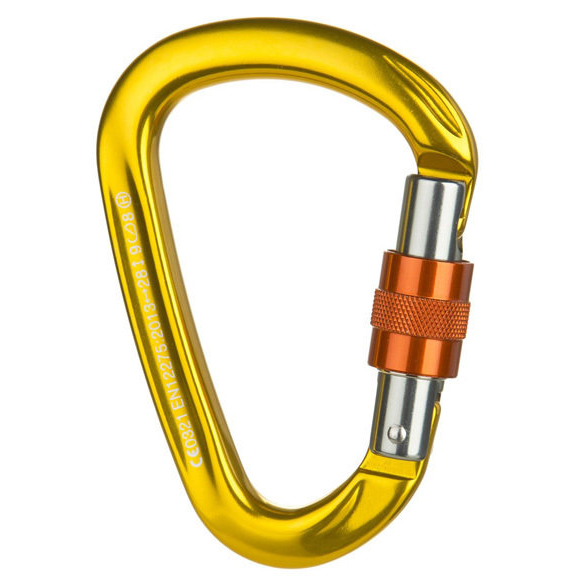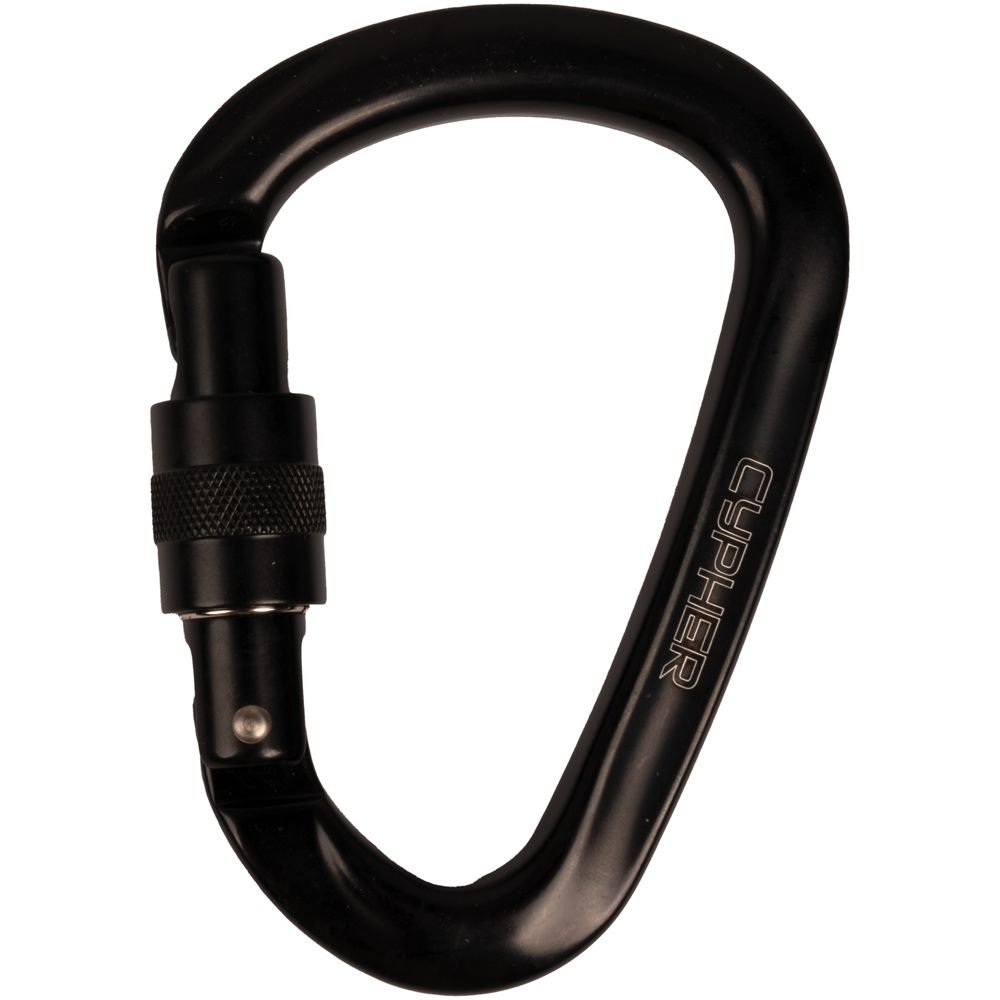How To Stuff a Canyoneering Rope Bag
Ropebags make deploying ropes in canyons simple and efficient. Additionally, they help in transport and storage, but really, where they shine is in letting you get the rope out and set up quickly and with minimum hassle.
However, the topic of the many ways to use the ropebag for deployment will have to wait. This tutorial is about stuffing the rope into the ropebag, so it's ready to be deployed.
1. Tying In
The first step is to tie the bottom end of the rope into the rope bag. Several options are available. I prefer poking the end through the bottom grommet and tying the rope end to the bottom-cross strap using a triple-clove hitch.
Having the bottom end of the rope available can be helpful if you need another short section of rope for something. If tying ropes together for a pull, tying ropes together with the rope bag in place makes deployment somewhat easier.
2. Set Up for Stuffing
The second step is to set up the rope bag for easy stuffing. Fold back the drawcord rim, and find the webbing loop inside. Clip the loop to your harness center with a carabiner, so the bag hangs conveniently in front of you.
Run the rope through a high clip-point, such as a carabiner on your sternum strap or high on your shoulder strap. Some people use their helmet chin strap, but I have always found this unpleasant. A sling doubled around the neck also works. Sometimes, the rope held high in a carabiner by a willing partner is the best teamwork solution.
Ready... Start stuffing!
3. Stuff the Rope
Vigorously stuff the rope randomly into the bag, alternating hands as you push the rope in. There's no need to make circles, loops or any kind of orderly system—just stuff! Every 20 strokes or so, push the rope in the bag down firmly to compact it as much as possible. Once the bag has some rope in it, you can grasp it with your knees to steady it.
4. Helping Stuff the Rope
Friends can help out by clearing the rope from obstacles, or by holding the bag steady. When stuffing a wet rope, a helpful friend directs the rope via a carabiner so it comes directly out of the water and into the air, avoiding dragging through the sand. Wet rope dragged through sand results in a messy friction-fest of rope, tough on the hands, carabiners, and belay devices. Thanks friend!
Generally, feeding rope to the stuffer is not so helpful, as a little bit of back-tension (or drag) helps make the process faster. If the rope stuffer seems to be doing okay, it might be more helpful to find something else to do.
5. Tie Off the Top End
When finished stuffing rope, tie the top end of the rope off to either the inside loop or one of the handles. A square knot works well for this. Cinch up the top, and hand the rope off to someone else to carry!
Can I Throw My Rope Bag?
Certainly! At times, throwing the rope bag is the best way to deploy the rope. But please, be sure to remove carabiners from the rope bag before tossing.
While a treatise on effectively using the ropebag is perhaps a bit long for this context, there are plenty of times when throwing the bag works really well. Times when it does NOT include: into FLOWING water (this can get really ugly, fast); into bushes and cacti; into crowds of people below; and when any of the previous situations could be true, though not immediately obvious.
You can also rappel WITH the bag, though this can be quite awkward as the rope tends to come out of the bag with twists which try to jump out of your hand. I have found it best to clip the rope bag to my harness gear loops, and pull out ten feet of slack, then rappel about 10 feet, repeat... Once I get a clear view of the landing zone, and none of the above conditions apply, I drop the rope bag.
Thank you, Anna!









